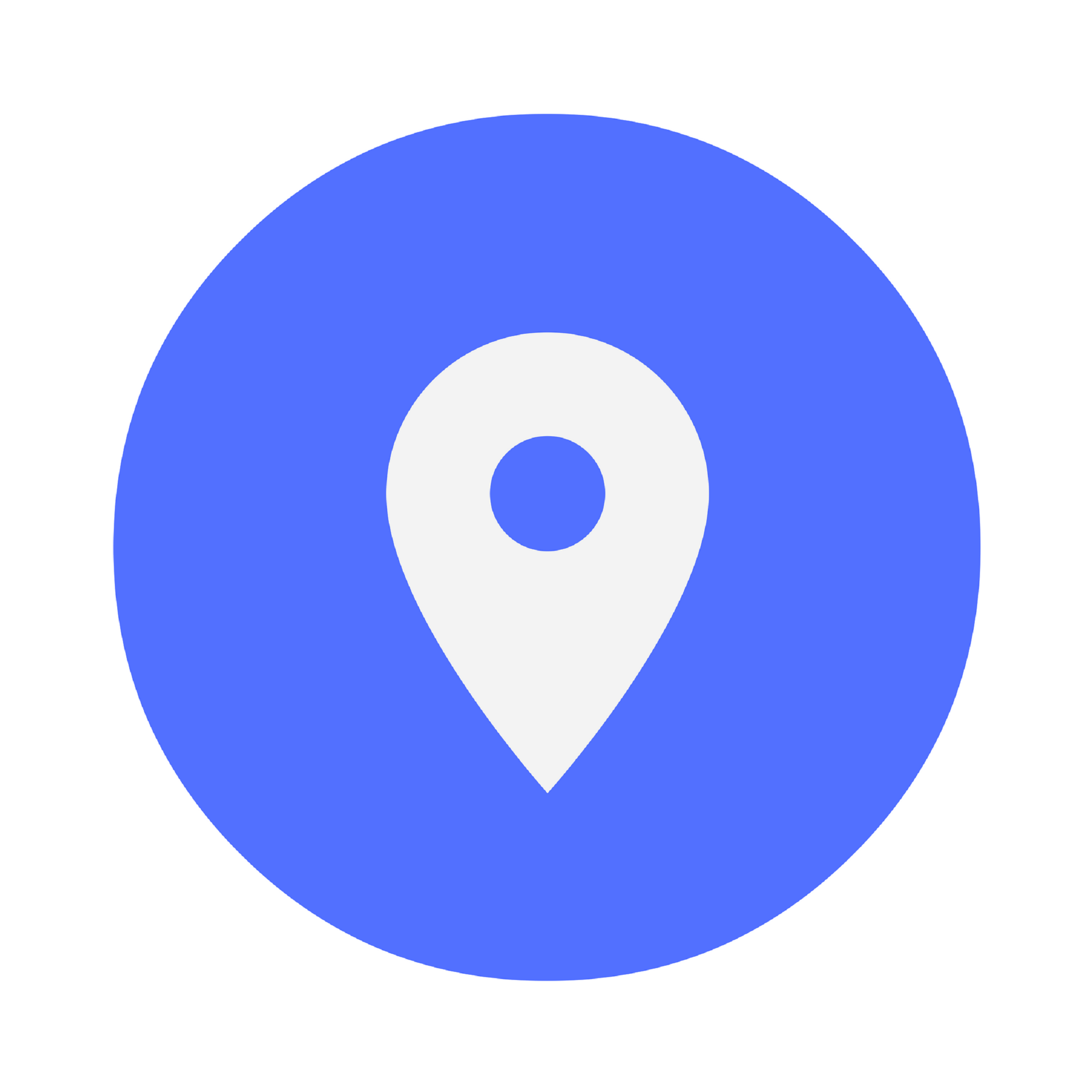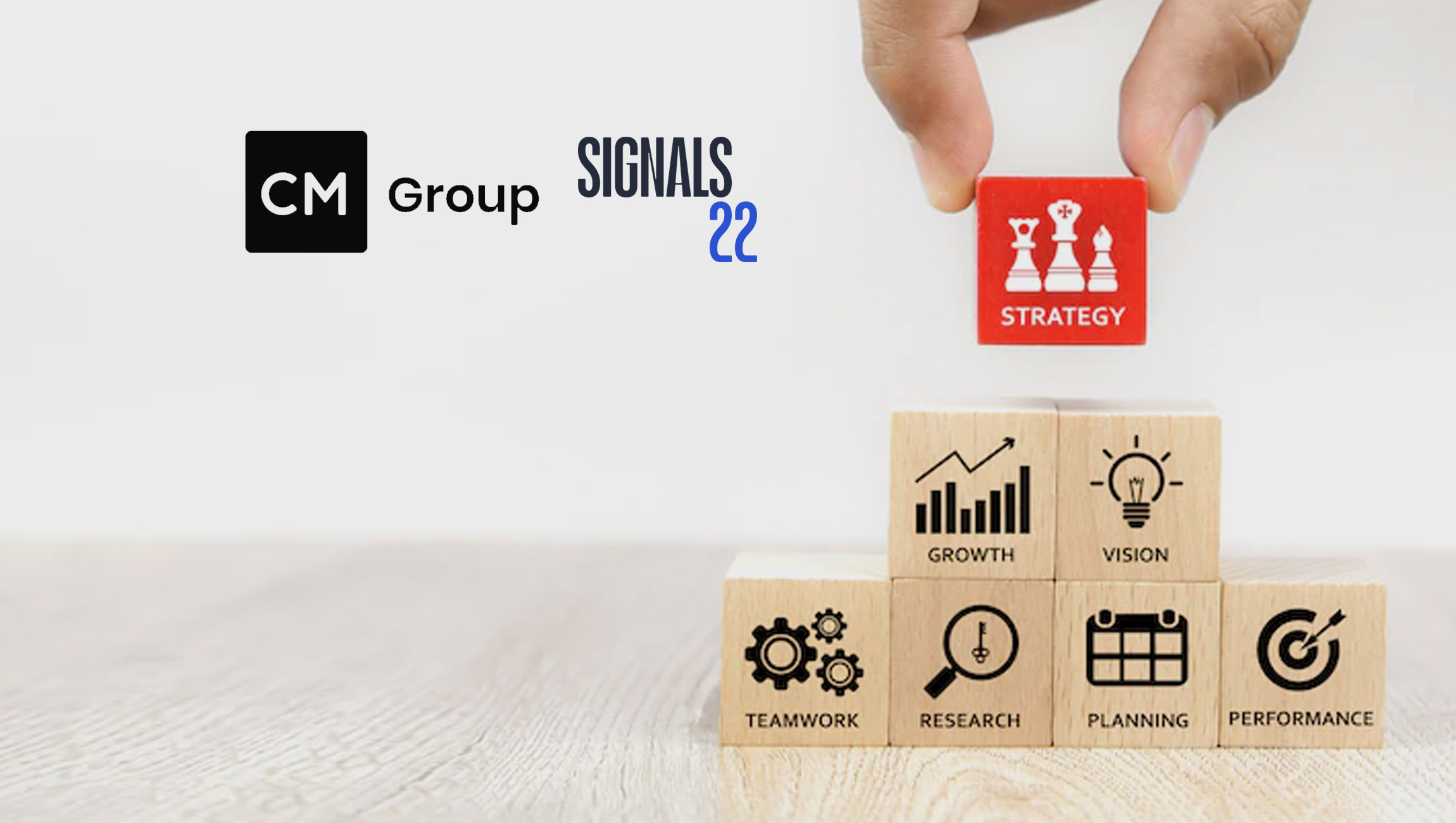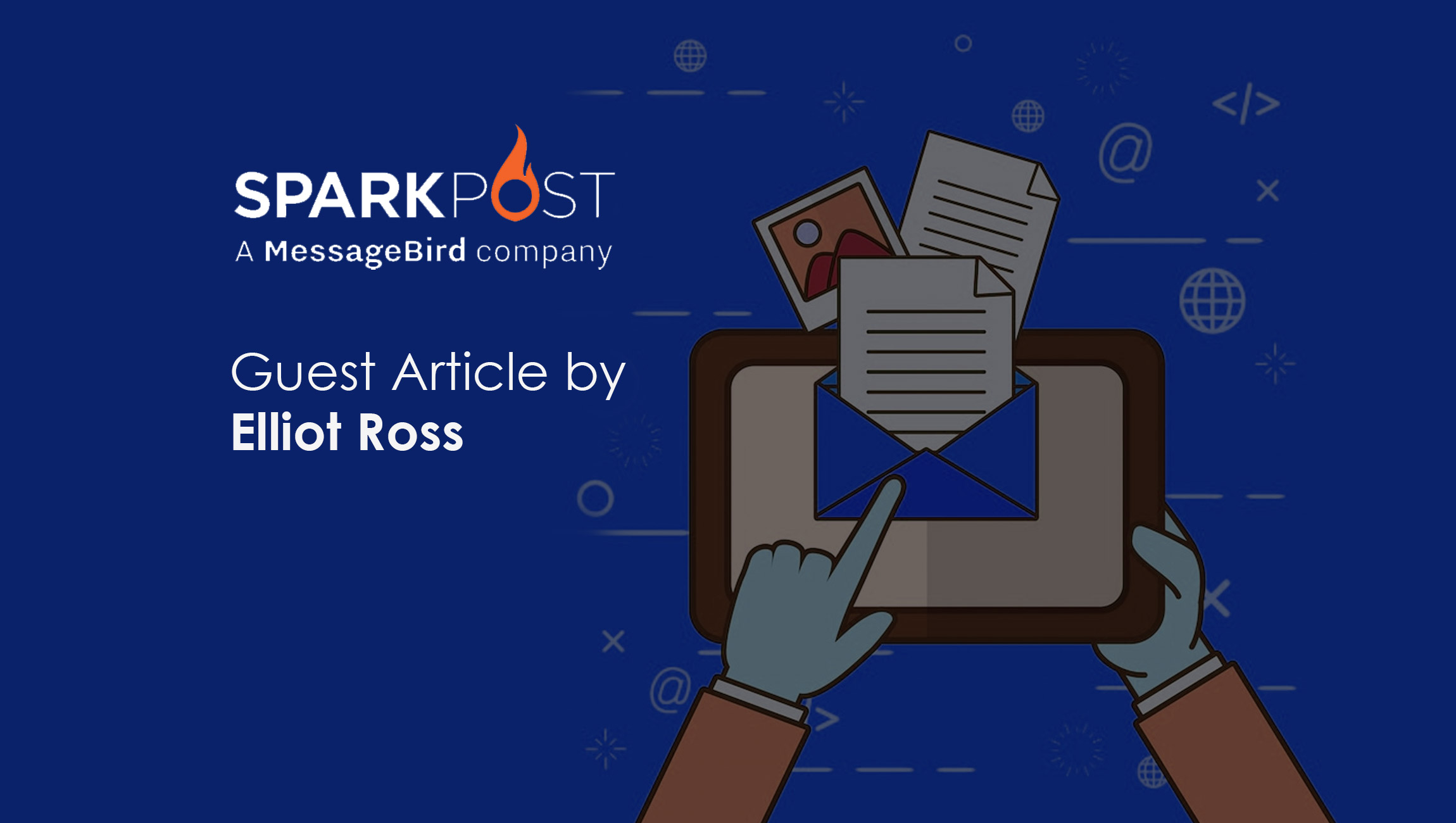Since location-based marketing (LBA) and advertising have gained popularity in the marketing/advertising world, businesses are continually developing new location-based marketing and ad tactics to pull in prospects. As a result, their advertising initiatives are more effective, precise, and relevant.
While a variety of elements affect the success of advertising efforts, location becomes especially important for companies with physical stores. Campaigns for targeted programmatic advertising have grown more cost-effective and goal-oriented as advertisers have started to take location into account.
What do the stats say about location based advertising?
Statistics also provide compelling evidence for this advertising tendency. In 2021, the value of the worldwide location-based advertising market was estimated to be USD 69.69 billion. It is anticipated to grow at a CAGR of 17.1% from now until 2030, reaching an estimated value of USD 288.53 billion (2022-2030).
According to a study by Factual, 9 out of 10 marketers feel that LBA increases sales. The study also found that the customer base increased by 86% and that customer engagement increased by 84%.
LBA is a versatile marketing tool that may be used on a variety of platforms. According to ‘Factual’ research, 81% of LBA users utilize mobile as their primary channel. The figures for advanced TV are 49%, connected speakers are 47%, cars are 28%, and digital out of home is 47% on the other channels.
Grand View Research estimated that the global location-targeted advertising spend would be USD 62.35 in 2019 and projected a CAGR of 17.4% from 2020 to 2027.
Mobile advertising and location-based services:
Mobile advertising and location-based services are combined in location-based marketing/advertising. It provides a wide range of advantages to its clients, such as reaching out to them when they are most responsive and boosting sales during slow periods. Additionally, it has features that increase consumer connections and audience visibility. Additionally, location-based marketing enables advertisers to build high-quality databases and more accurately forecast consumer spending.
Increased internet and GPS-enabled mobile device use, combined with the exploitation of consumer data by marketers, has accelerated market expansion as a result of the exponential growth in digitalization among industrial verticals.
Why is Location Based Advertising so crucial?
People conduct internet research before visiting a store, read reviews, check the local business listing to see what hours the store is open, and utilize social media to research the company’s operations. Therefore, a consumer will conduct some internet research before visiting your store, and if the location is not displayed, another retailer whose location is displayed online will win the customer.
While branding is important, local marketing provides advantages like attracting and persuading the local consumer. When customers are looking for your company online, you need to have a strong marketing plan. Additionally, it might aid in developing a local clientele of devoted supporters of your company. It is extremely beneficial to encourage local customers to visit by developing deals and marketing that make sense to them and relate to them.
So let’s look at an example. Imagine that a customer is looking for women’s clothing in a certain area of the city and receives several offers from other retailers, but she chooses the store that is 500–1000 metres away since it is more convenient for her.
Marketing Technology News: Ad Council Launches Inaugural Career Accelerator Program in Partnership with HBCUs
Types of local business advertising methods:
LBA depends on a number of variables. In order to effectively reach your target audience of customers, you, as a marketer, may need to gather and use many kinds of information. So, here are some effective ways to do so:
1. Hyper textual targeting
Contextual targeting is frequently linked to the target-based texts that users are reading, hence the usage of context is fairly varied. Another contextual signal that contributes to the rendering of some important signals is location. Therefore, the strategy is based on the placement of mobile ads during certain times and in specific areas. LBA provides hyper contextual data so that a target audience or niche market can be chosen. The subsequent collection of hyperlocal data is leveraged to offer contextual communications.
Although this technique is utilized for boosting conversion rates and driving purchase intent, it may also be used to spread information about a customer’s desired products within a certain area.
These advertisements are created especially for targeted messages that are pertinent solely to a certain target population. Additionally, to increase their effect, the advertisements are shown during the day at relevant times.
2. Geo-Targeting
Geo-targeting, a unique type of location targeting, has been popular since 2010. It facilitates the effective use of the location information provided by mobile operators, and targeting is typically accomplished with the aid of an IP address. Even if this method of targeting is not precise, it is beneficial to target extensively.
For instance, you could send push notifications on the best local food to visitors from abroad who have just arrived in the city. Again, in this case, you must research and collect the information in accordance with the behavioural characteristics of the possible clients. As a result, the advertisements can reach the target market once they are there.
3. Location based or place based targeting
Users that enter a specific area within a specific window of time receive pertinent messages from mobile advertising that is location-targeted. Therefore, if you visit a specific club, you can receive offers for incredible deals and discounts that you can utilise while you’re there.
The utilisation of gadgets and technology like beacons, wifi, and Bluetooth that can interface with your cellphones is understood by contemporary ad designers. Such details can help to put the time and place where the audience sees the advertisement in context.
4. Geo-Fencing
It is similar to place based targeting in that, using the latitude and longitude of a specific area, you can define a specified area or “fence” using this type of location-based marketing. The distance around your store where the customers would get your messages can then be chosen, along with its radius. It is frequently used at shopping centres to draw customers into the establishments. The goal is to draw customers from a virtual, clearly defined barrier into your store within a shopping center. GPS is used along with RFID, or Radio Frequency Identification, that helps in creating the fence.
5. Weather Targeting
This tactic, like hyper-contextual targeting, focuses on transient alterations in the physical surroundings of a particular spot. One of the major influences on consumer behavior and purchasing habits is the weather, which is a component of the natural environment. When the weather is clear and sunny, many people go out to bars and restaurants, whereas home deliveries are more popular when it is raining or thunderstorming.
6. Geo Conquesting
This approach has the potential to be effective. Targeting clients who are physically near a competitor’s location is known as geo conquesting.
This marketing strategy aims to influence foot traffic by providing their potential customers with better and more enticing discounts just as they are about to make a purchase at a competitor’s business. This marketing strategy aims to influence foot traffic.
Different industries use this tactic, and this helps to leverage the customer’s behaviour or state of mind, which you can target using impactful ads at the right time.
7. Beacon Targeting
A method of advertising that targets customers based on their physical location is beacon advertising. This is made possible by a little gadget called a beacon that is installed in a physical location and is powered by batteries. This helps to detect the presence of the user mobile and the moment the prospect is in range, they get in app advertisements or mobile advertisements.
Examples of Location Based targeting:
A few businesses used LBS in the real world, and some of these tactics helped them achieve their goals while others were useful for assessing how LBS affected their business operations so that their strategies may be improved in the future. So, here are some examples of businesses that made an attempt to use LBS.
1. Coca-Cola :
Coca- Cola began researching the efficiency of location-based marketing in 2015 by installing beacons in Norwegian movie theatres. As soon as patrons enter the theatre, they may redeem a renowned beverage for free. Due to the marketing, 50% of users received free Coca-Cola, and 60% of these users kept using the app.
Result: Although there was no indication of monetary gain from the experiment, it abundantly demonstrated how beacon marketing might boost consumer engagement and compel them to engage with companies.
2. Starbucks:
Even earlier, Starbucks began to use location-based advertising. In 2014, they tailored targeted ads to clients’ mobile device IDs and geolocations whenever they were close to one of their venues. Push alerts for Starbucks’ mobile app customers brought them enticing deals and discounts, and the results were quite good.
Result: According to the firm, such a campaign raised a user’s likelihood of entering a store by 100%.
Marketing Technology News: MarTech Interview with Claudia Johnson, Vice-President of Capability Acceleration at Flywheel…
Best Location-Based Marketing /Ad Platforms:
1. Sekel Tech:
Sekel Tech is a location-based marketing platform that provides options for managing retail orders, client journeys both online and offline, and online visibility of brands. Many user-friendly, feature-rich content generation and distribution solutions are available through this SaaS platform. As a result, by seamlessly fusing the real and digital worlds, it aids in closing the gap between online and offline customer experiences.
The platform’s aid in effectively engaging and responding ensures accuracy, speed, and scale. As a result, through the use of a multidirectional approach to insights and data collection, brands can obtain valuable insights and make them available to their customers. This platform is a group of marketing solutions that provide trustworthy geofencing for client involvement at a specific time and location.
It is therefore intended to increase sales. It is used to boost sales, website and in-store traffic, and brand awareness. It aids in creating thorough consumer profiles, improving understanding of their behaviour, and boosting sales and revenue.
Numerous benefits of this platform include inventory and ePOS integration, store & local analytics, brand control & visibility, and automatic local SEO.
2. Dark Sky:
Although weather applications are “a dime a dozen,” Dark Sky makes use of LBS technology to offer a genuinely distinctive experience. Dark Sky goes beyond a straightforward high-level forecast summary, in contrast to its rivals. It provides hyperlocal predictions with up-to-the-minute alerts regarding changing weather conditions for a specific address.
Dark Sky gathers weather information from a variety of sources, integrating several weather models and data to produce the most precise weather forecast. It provides a weather graph for the “next hour,” a thorough 24-hour prediction, and a gorgeous seven-day view. Additionally, Dark Sky continuously refreshes the “next hour” forecast, indicating any changes in the weather (such as when it will stop or start raining).
3. SeedLogix:
It is an inbound marketing platform that acts as a one-stop shop for web marketing activities including inbound marketing and reporting that benefit companies across the globe. The programme was developed to standardise reporting, marketing automation tools, and content management across numerous locations, distribution channels, and clients.
Responsive Multi-Site CMSs, Content Blogging Platforms, Landing Pages, Lead Generation Forms, Email Marketing, Social Media Scheduling, Contact Manager, Lead Nurturing, Aggregated Web Analytics, SERP Rankings, and Call Recording and Tracking are just a few of the features.
The platform is made for entrepreneurs, marketers, SEO specialists, marketing service providers, multi-location businesses, franchisors, producers, and agent-based companies.
Web app development is handled completely by SeedLogix. This marketing automation software provides Drip Campaigns, Social Marketing, Segmentation, Analytics/ROI Tracking, and Search Marketing all in one place.
4. Pokémon Go:
When this app originally came out, a lot of videos went viral showing individuals doing absurd things while looking for Pokémon characters, such walking into buildings or falling into bodies of water. Since then, the mania has somewhat subsided, but this LBS app has continued to be popular among mobile gamers thanks to its use of augmented reality technology to enhance the addictive thrill of collecting creatures and slaying monsters.
In order to identify and catch Pokémon characters, players utilise the app to explore their surroundings on foot while utilising their smartphone as a map and viewfinder. Users can compete for control of a location-based Pokémon Gym by joining one of the three sides in the game.
Every location in the app has a physical counterpart in the real world, which encourages users to journey there physically in order to gather more characters and explore new areas. Although there are in-app purchases in Pokémon Go, the game is free for Android and iOS users.
- Place IQ: Place IQ provides analytics and insights for location data to support important business and marketing decisions. It increases ROI and increases brand recognition. Providing marketers with compiled insights enables them to make their advertising more pertinent to consumers.
The market’s advancement of best practices that promote consumers’ rights to notice, select, and be transparent is driven by this business.
Businesses can engage with location-based consumers using PlaceIQ, measure real-world ROI, and use insights to develop clever marketing strategies and profitable business outcomes. PlaceIQ integrates auto telematics data with purchase data to create a consistent and solid picture of consumers.
PlaceIQ is a leader in providing marketers, analysts, and publishers with insightful, location-based attribution and measurement. Through its methodology, businesses can comprehend and interact with location-based consumers, track ROI in real-time, and use insights to promote effective marketing and fruitful commercial outcomes.
This platform has many features, including using location data to implement audience strategies that have been shown to work; analyzing movement patterns to find market insights and guide complex decisions, measuring foot traffic patterns to determine what motivates real-world visits, and accessing the highest-quality location data.
- ReviewTrackers: The customer experience is measured and transformed using ReviewsTrackers, a customer feedback platform. Thanks to its software for managing internet reputation, it assists businesses in learning useful information about their clients.
Through aggregated insights, location-based marketing technology enables marketers to make advertising more pertinent to consumers while upholding a respect for customers. Their sector is regarded as a thought leader and supports the development of best practices that uphold the notice, choice, and transparency rights of consumers.
- BrightLocal – Marketing firms and internal marketers can flourish with the aid of BrightLocal, a platform for local SEO. Users who utilise BrightLocal will rank better, build their reputation, and draw more traffic. BrightLocal helps more than 5,000 forward-thinking companies and agencies increase their local search visibility with its market-leading platform for local search. These businesses can accomplish these objectives with the help of BrightLocal’s SEO Audits and Reports, Local Listing Service, and Online Reputation Management products. It interfaces with a number of external services, including Twitter, AgencyAnalytics, and Google Analytics.
Users may link Google Local, Facebook, and Twitter with BrightLocal, and they can also get review alerts for online user-generated remarks. Additionally, it offers brick-and-mortar marketing capabilities, including mobile search rankings, maps, and review alerts.
Conclusion
By automating, personalising, and enhancing data visibility across all digital touchpoints, location-based solutions help businesses expand strategically and sustainably.
There are numerous strategies to advertise your locations and draw in more clients, regardless of whether you are a little business, an enterprise, or a brand. By atomizing, customising, and enhancing the visibility into data across numerous digital touchpoints, the platforms will enable businesses to achieve their strategic growth in a sustainable way.
The future of LBS will change as people are getting more accustomed to smartphones. These apps go well beyond Facebook and Foursquare’s “check-in” features, as well as using Google Maps to direct you to your location.Without the LBS features most of the apps would not have been downloaded to such an extent. Moreover, it has become a mere necessity for companies to use the LBS marketing platforms to get more conversions and closed deals.
Marketing Technology News: Building A Career in Enterprise Marketing











